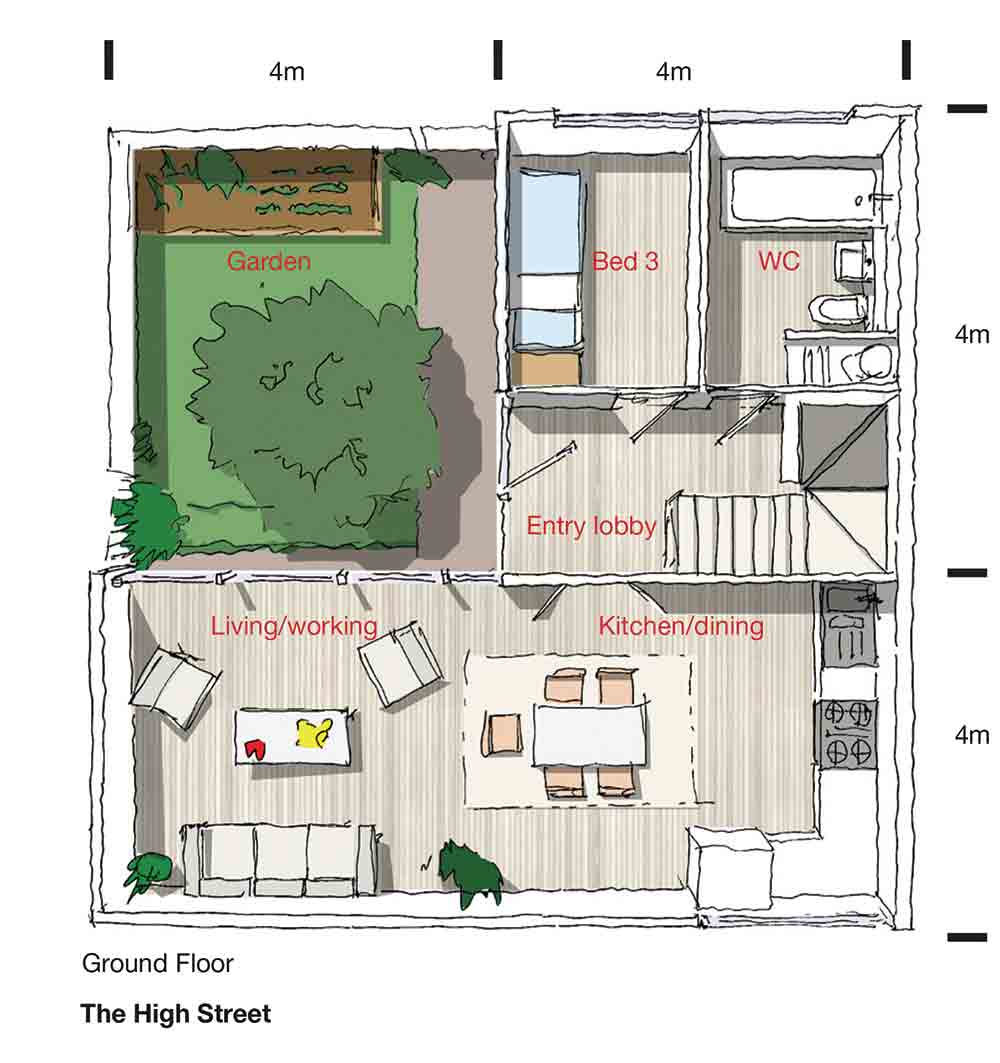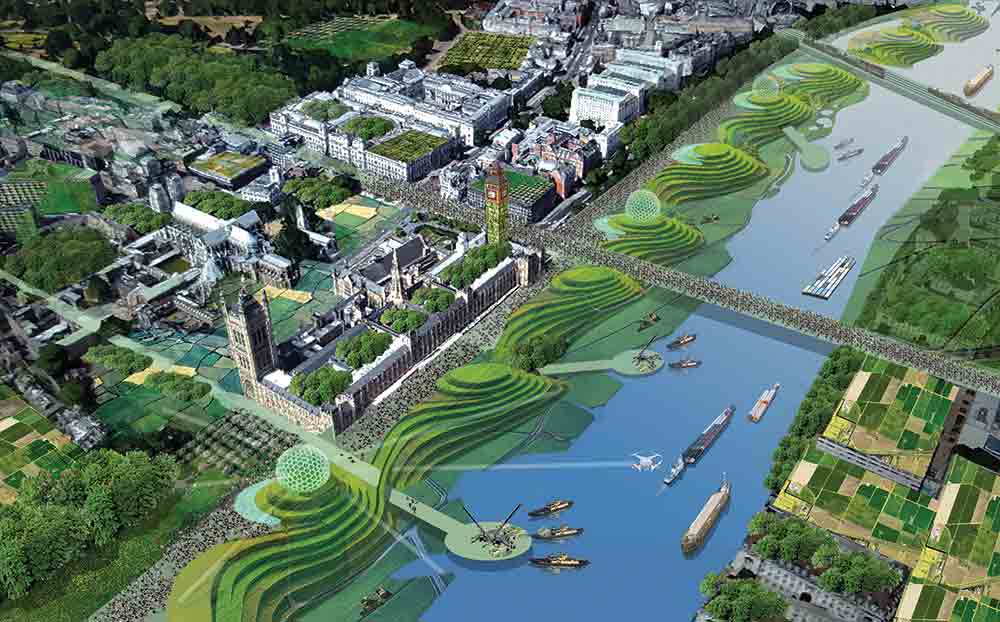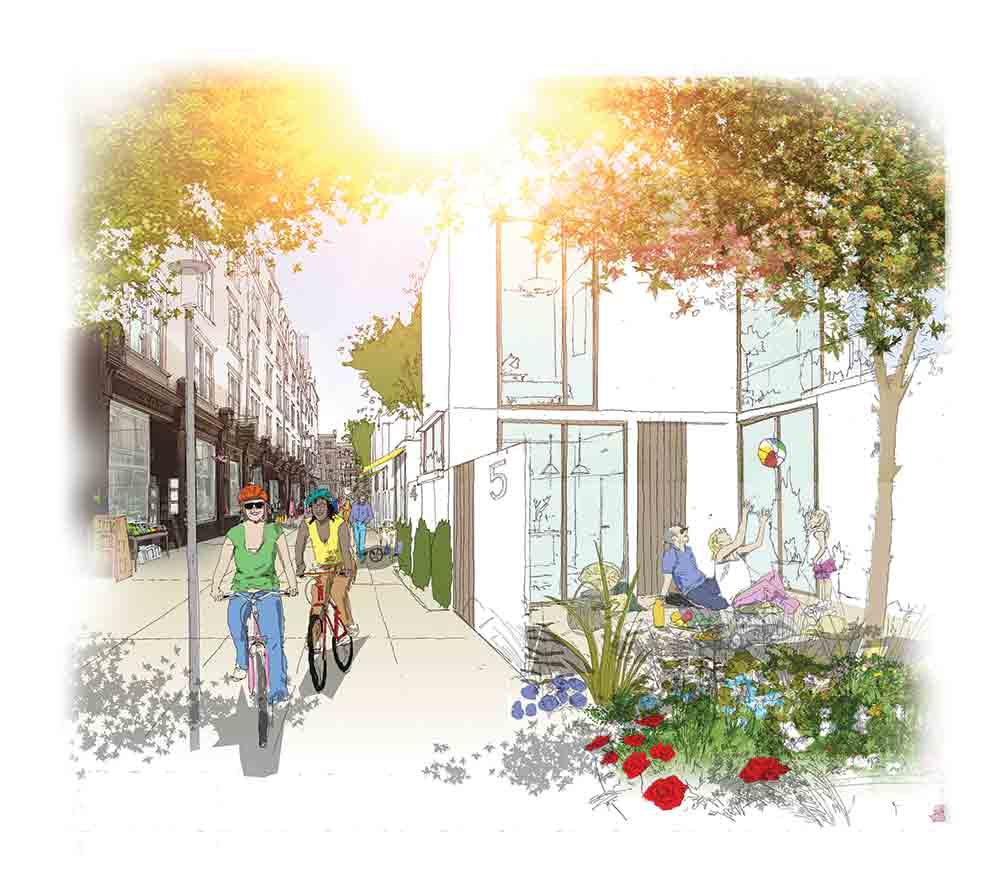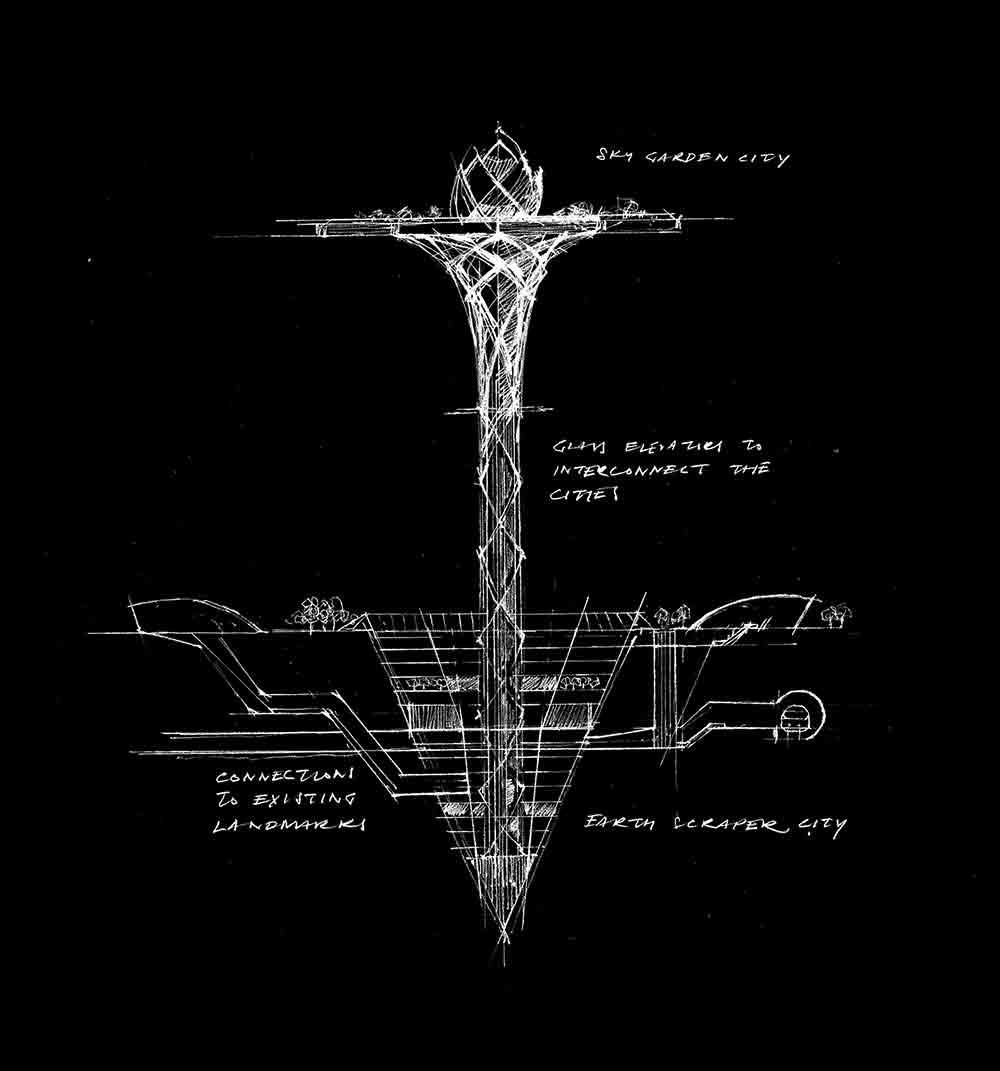Underground working and sky-high living, putting London’s River Thames back to work and making a home in the street – all solutions to the world’s growing population problem that caught the eye of The Next Big Thing’s panel of expert judges.
Estates Gazette takes a closer look at the highly commended ideas in the competition.
River Thames: A 1,000-acre food supply for London
from Laurie Chetwood, Chetwoods
The vulnerability of London’s food chain was the starting point for architect Laurie Chetwood’s vision to ease the burden of a booming population. The increasing use of ‘just in time’ delivery means that London only has three to four days of food available at any time and that if distribution networks seize up, the capital could be just nine days away from anarchy.
Chetwood’s solution envisages a green London. One where the lifeblood of the city, the River Thames, is put back to use and transformed into a 1,000-acre linear farm constructed on the north side of the river stretching from Hammersmith in the west to the Thames Barrier in the east.
Paddy fields, terraces, and green roofs and walls will provide ample space to grow enough produce to feed the growing population. The river will be used for both the supply and transportation of food, with existing infrastructure put to use, connecting road and rail on land with delivery via water and air.
A new network of logistics parks will be constructed beneath the linear farm, replacing unsustainable, out-of-town distribution networks and releasing space on the traditional high street for residential development.
• Share your thoughts on Chetwood’s proposal by tweeting us @estatesgazette using #nextbigthing

The streets: Creating homes and future-proofing infrastructure –
a proposal from nbbj
Infrastructure is at a watershed moment and holds the key to dealing with the density problems facing our cities. Architects at nbbj believe urban design of the future will be influenced by technology and that the digital age is diminishing our need for roads – cars will run 24 hours a day and never park.
In London, some 1.5m new homes will be needed by 2050. At current housebuilding rates this is impossible, but nbbj’s proposal offers a solution by using a street network of more than 6,000 miles to provide 1.8m new homes for Londoners.
The Streets envisages homes being built across and down streets as the need for roads dwindles. Homes of 4m widths with integrated shops and work space will be added as roads become consolidated. And while its solution may look as though housing is piled into a cramped space, research shows that the best streets are those that are the tightest.
• What are your views on The Streets? Tweet us @estatesgazette using #nextbigthing
Yin & Yang: The above and below land solution for
urban living/working by Greg Lacey
Greg Lacey, an acquisitions and development surveyor at Asda, took his solution for the growing population problem from a 1990s computer game and the original vision of garden city creator Ebenezer Howard.
He wants to solve the problem of a diminishing lack of landmass by creating new centres of employment, leisure and education underground, turning cities on their heads and building subterranean skyscrapers. A similar proposal is already in design stages with architect Esteban Suarez seeking to build the world’s first “earthscraper” in Mexico City.
However, Lacey believes that the earthscraper could be connected to sky living, to provide a more pleasant solution. While it could not be built on top of directly, to allow light to filter down, a Sky Garden City could be built above.
Lacey’s proposal will enable work, shopping and leisure activities to take place below ground while providing a bright standard of living in the sky, with a glass lift to connect the two.
• Is Yin & Yang a possible solution? Share your thoughts @estatesgazette using #nextbigthing
• Click here to read full details of The Next Big Thing











 • See also
• See also


